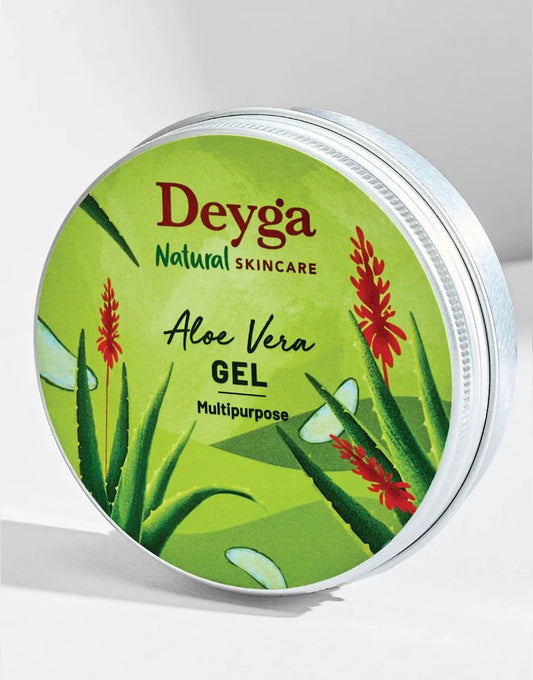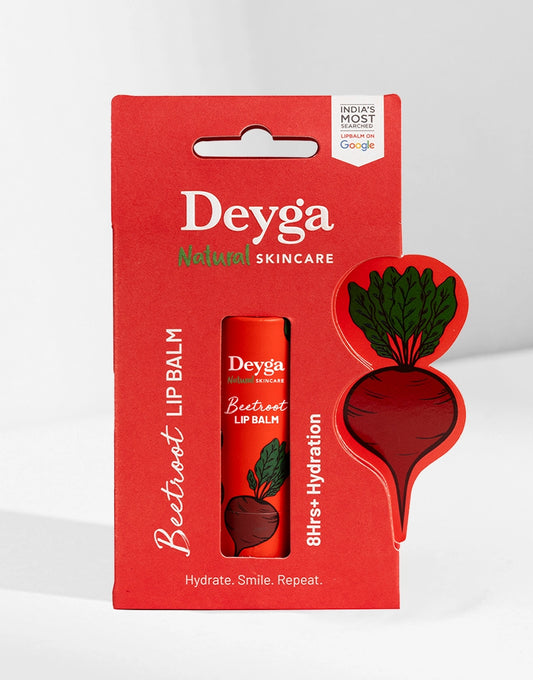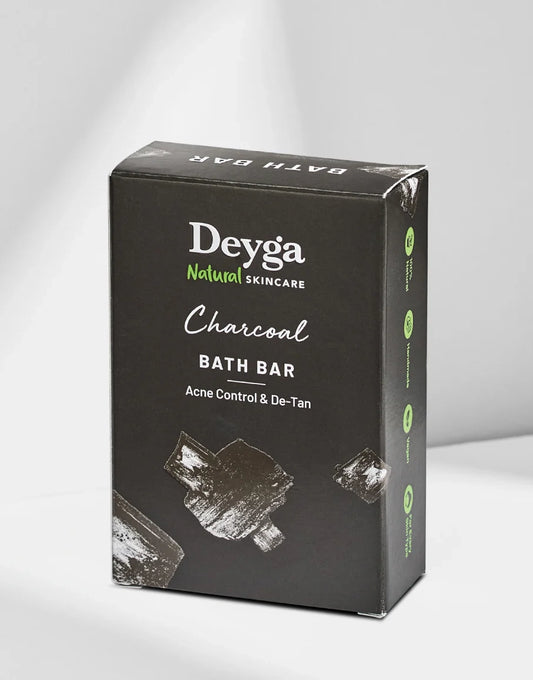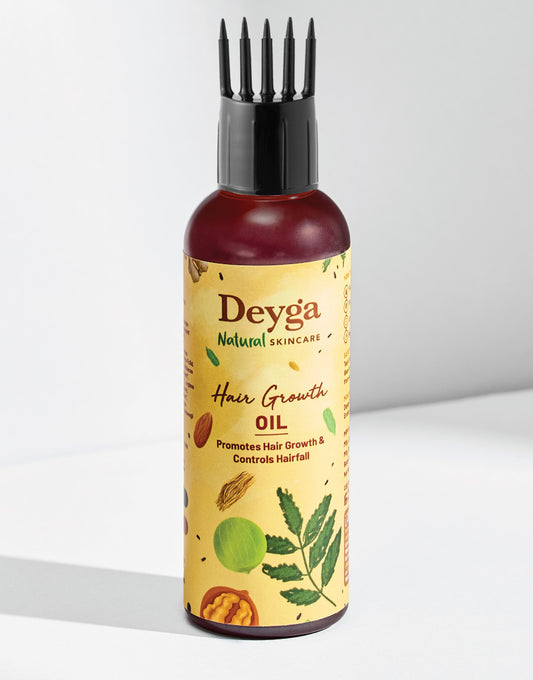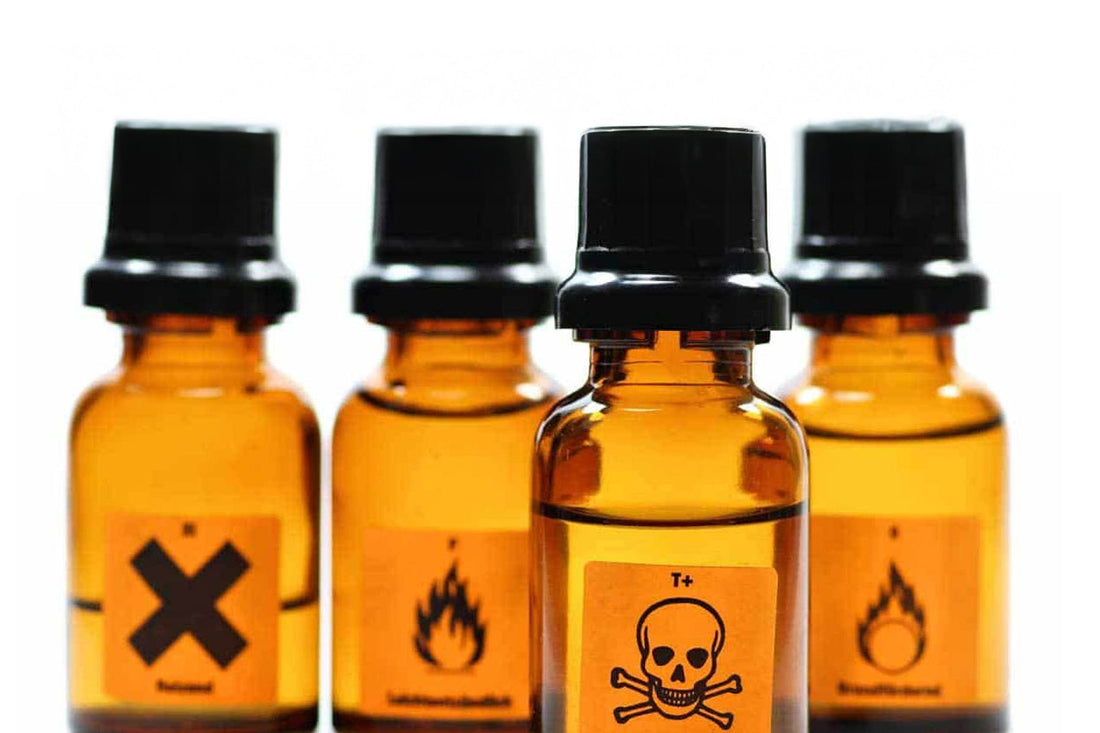Hair coloring is one of the common haircare to enhance the style and one's own interest. The one common concern that most of us have is the ingredients which are formulated to craft the hair dye. Some of the common terms which are available in most of the boxes include PPD Ammonia and Hydrogen Peroxide, and more. These are some of the harmful ingredients which affect overall health when used for a longer time period.
Some of the concerns which happen when using chemical-indulged hair dye include skin irritation, hair damage, scalp damage, and even cause allergies for people with sensitive skin. Here, in this blog you will know the components and what role they play in hair dye, and how to go with the right one for your scalp and hair.
PPD, Ammonia and Hydrogen Peroxide
-
Ammonia or MEA, has the ability to open the cuticle, where most of the dye molecules can enter into the scalp, which leads to dry hair and even irritates the scalp.
-
PPD is a primary oxidative dye; a potent allergen which gives reactions ranging from itchiness, rashes, and even severe swelling.
-
Hydrogen peroxide, oxidises pigment which tends to weaken the hair shaft when used repeatedly.
Why Is Ammonia in Hair Dye Problematic?
Ammonia tends to lift the cuticle, which is why the colour penetrates into the scalp. This leads to loss of moisture and even causes roughness and frizziness in the scalp. It may even lead to scalp irritation and eye tingling which is a common complaint!
So, you may think if ammonia-free dyes are safe? But, it’s a No. Instead, they are using MEA or Ethanolamine, which irritates the scalp and even damages hair.
How Dangerous Is PPD in Hair Colour?
PPD main motive is to enhance the shade of the hair dyes, which are a little darker. Some of the common symptoms which most people suffer includes itchiness, redness, swelling, and more. Even though these symptoms are natural, getting them on a longer run will lead to more lifestyle issues. When you get any of the above symptoms initially, they make sure to consult your dermat and get into safer options sooner.
Ensure to do a patch test when you are incorporating any new products in your routine, irrespective of skincare and haircare products.
Is Hydrogen Peroxide Hair Damage Real?
Yes, peroxide leads to melanin which leads to weakening cortex bonds, causes split ends and even even causes hair breakage.
Ammonia vs Ammonia-Free “MEA”
Ammonia and MEA, both have the ability to enter into the cuticle. Ammonia generally has small odour, whereas MEA smells little milder and causes build-ups which even causes little irritation. The after-care post hair dyeing also matters. So, finally Ammonia-free does not mean they are safe.
Label Decoder & Safer-Use Checklist
-
A key ingredient in hair dyes is “PPD”, which helps in achieving darker shade which also remains long-lasting.
-
Go for fragrance-free options, since they are safer and do not irritate the scalp.
-
There are conditioning oils and butters which are available in most of the dyes, which is an alternative to chemicals for reducing the dryness.
-
Ensure to do a patch test 48 hours before coloring your dye.
-
Always wear gloves when you are applying dyes to your hair.
-
Always use the hair dye as directed in the instruction. Not less, and not too long.
-
Use a hair mask which is conditioning to avoid dry and frizzy hair.
Myths You Can Ignore (Fast Clarifiers)
-
“Ammonia-free means chemical-free.” - It’s a No. Ammonia is even replaced by MEA/Ethanolamine. This is also an Alkaliser, which is not chemical-free.
-
“PPD-free means zero allergy risk.” - This is not guaranteed. Some of the “PPD-free” formulas also use some related hair dyes which trigger the reactions in the scalp.
-
“Hydrogen peroxide only damages bleached blondes.” - Using these reactants repeatedly will lead to dry and weak hair strands.
-
“Organic/natural = always safe.” - If your dyes are even plant-based mixes, they can still irritate your scalp. Some of the black henna will also have PPD in them which will be an add-on.
-
“If I’ve used this brand before, I don’t need a patch test.” - Everytime when you are using any product, make sure to patch the test because the formulation varies every time.
-
“Stronger developer = better grey coverage.” - The grey hair coverage depends on the dye load, techniques used, and even the processing time.
-
“Burn/tingle means it’s working.” - This is a complete myth. When you have any of these sensations, immediately rinse them off and re-assess.
Fast choices that do help
-
Go with un-scented and zero-fragrance hair dyes
-
Deeply analyse and cross check the brands before deciding one for yourself
-
Check the labels correctly, so that you don't miss picking the right and safe one for your hair.
-
Patch test on strands before using them on colored or bleached hair
-
After-care is mandatory. Use nourishing masks and packs.
-
Cover your hair while stepping out in the sun.
Switching to Plant-Powered Hair Colour (Henna/Indigo)
Henna and indigo are one of the natural alternatives to hair dye, which helps in adding tint to your hair while enhancing the shine. Even though they are natural and considered safe, make sure to do a patch test so that the add-ons in hair dye will not cause any damage to your scalp or hair strands.
Condition your hair better, use oil before hair washing, including adding nourishing hair masks and even packs in weekly haircare routine.
The Reality of “Hair Dye Harmful Ingredients”
Commercial formulations in hair dyes have preservatives, fragrances, and even formulations which irritate and cause allergies. So, deep research is mandatory when picking a product, and especially if you are going to use them in the long run. According to the U.S Food and Drug Administration study, it is vital to check ingredients and labels which your hair approves.
When to Seek Medical Care (Not a Product Issue)
-
If you feel allergies like swelling, hives or breathing trouble, immediately wash them off and consult your doctor.
-
When you feel hair fall being severe post hair dye usage, make sure to consult a dermat to be on the safer side.
Go Green with Your Hair Colour Ritual: A Better Way Forward
India is currently moving into healthier alternatives not just in food but also with right ingredients in skincare and haircare for being on a safer side. Even though there are a lot of natural options, it is vital to choose products which are not mixed with any sort of chemicals.
Get your hands on plant based hair color,since they are comparatively safer than chemical blended hair dyes. Deyga 100% natural hair color is made of safe and gentle ingredients which is completely plant based and free from all chemicals.
Conclusion:
Whenever you are choosing hair dyes, always ensure to choose products which are free from PPD, Ammonia, and even Hydrogen Peroxide. They are not safe, especially when used in a longer run. Go with natural and safe ingredients which not just colors your hair but also enhances the hair and scalp health especially for a longer time period.
FAQs: Get to Know the Facts Behind Hair Dyes
1) Is ammonia in hair dye bad for hair?
Yes, they have the chance to penetrate into the cuticle which is one of the major reasons for dry hair and irritation on the scalp.
2) Why does PPD cause allergic reactions?
They are a contact sensizer especially in oxidative dyes, which leads to reactions like itchiness, rashes, and even swelling.
3) What does hydrogen peroxide do to hair?
Hydrogen peroxide generally enhances the pigment in hair dye. When this is used in longer run, they lead to split ends, dry hair, and even hair breakage.
4) How to spot harmful/irritating ingredients?
Ensure to check the labels, and if there are ingredients like PPD, strong fragrances etc, they will be harmful to your scalp and hair strands.
5) Are plant-based colours always safer?
Compared to chemical-based dyes, they are safer. But it is vital to cross check whether any chemicals are mixed with natural ingredients.
6) Is PPD dangerous?
PPD can trigger allergic contact dermatitis in some people, ranging from itchy red rashes to rare, severe swelling. That’s why patch testing and careful use are emphasized on medical sites.
7) Is ppd harmful for hair?
Mostly no for the hair shaft, damage usually comes from ammonia + hydrogen peroxide. But yes for some scalps: PPD is a common allergen that can trigger irritation or, in severe reactions, temporary shedding. If you’ve ever reacted, avoid PPD and patch test before use.
 Track My Order
Track My Order
